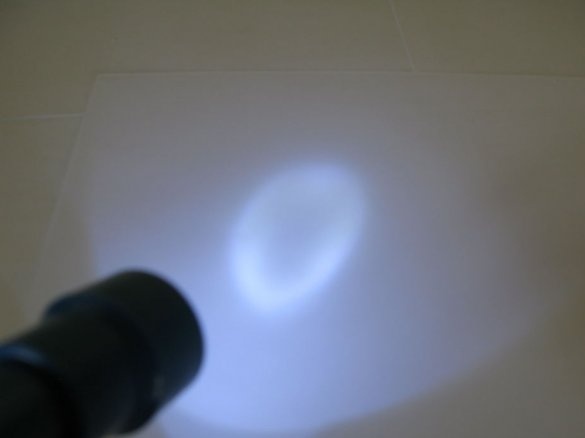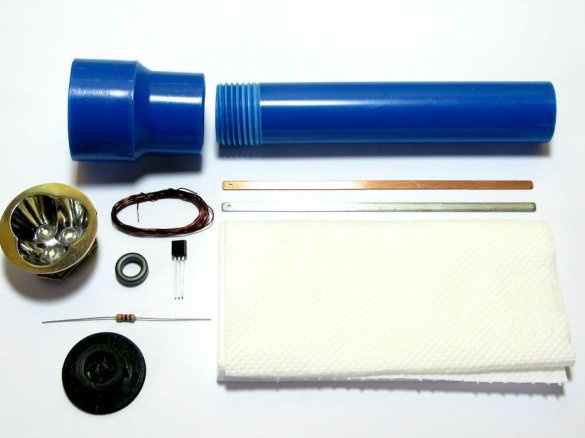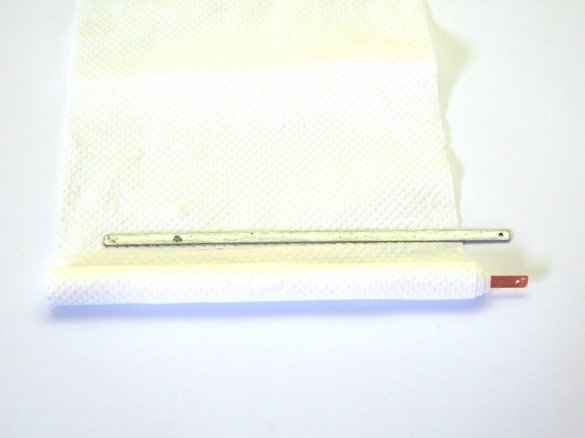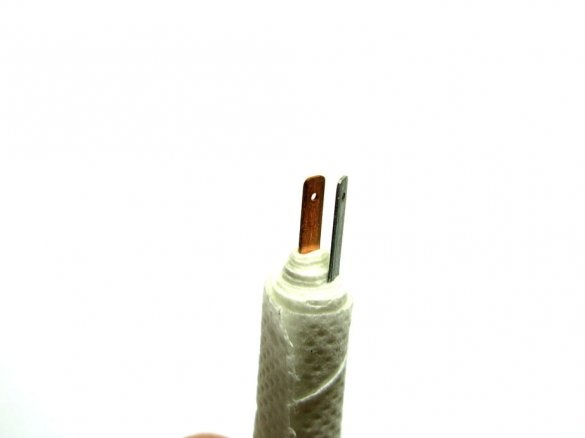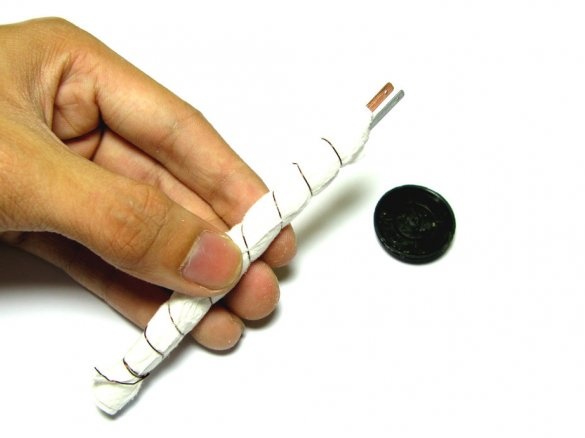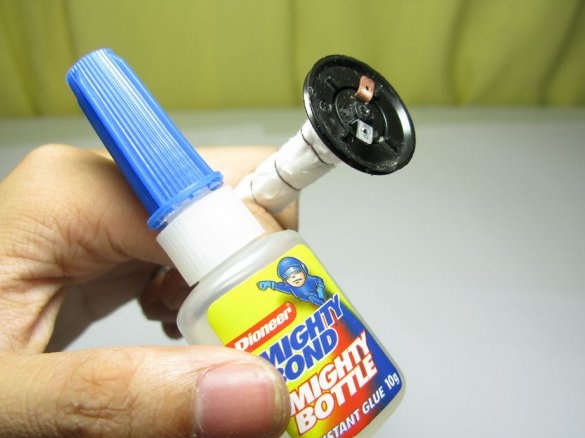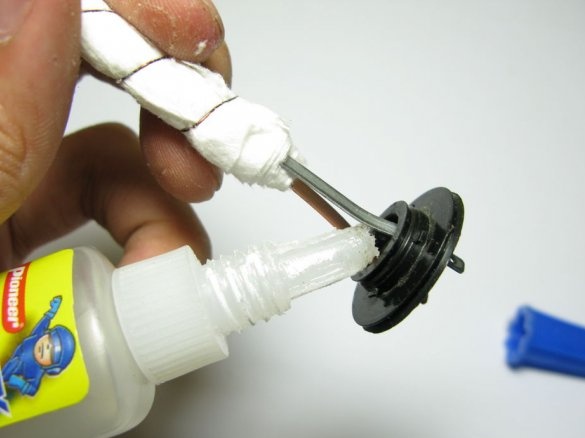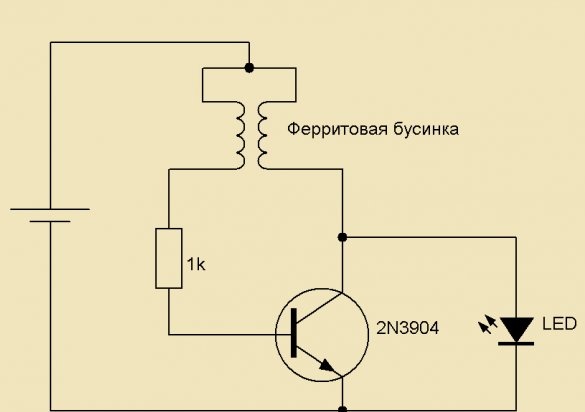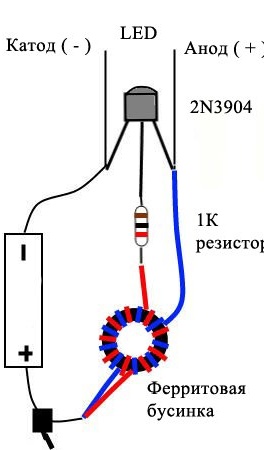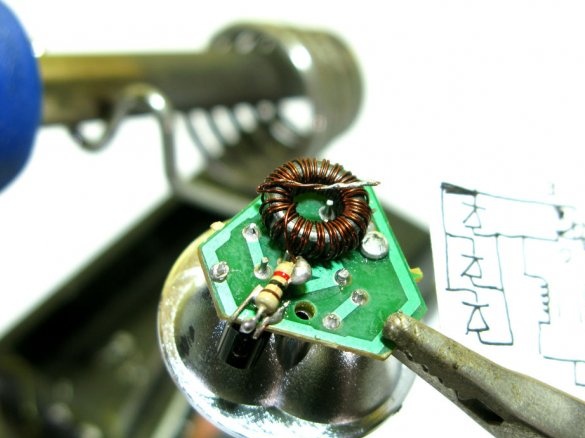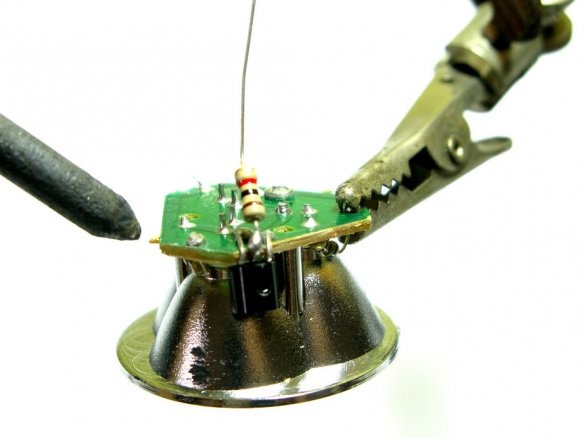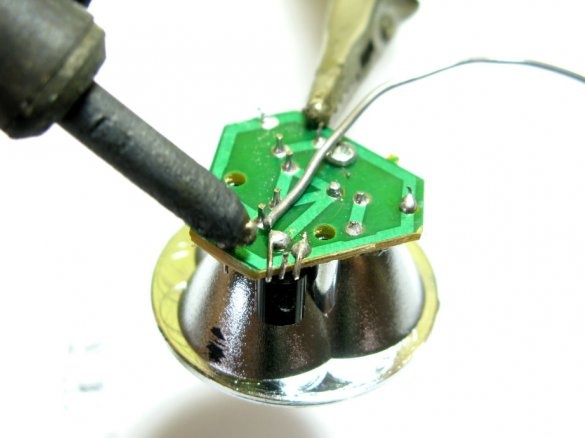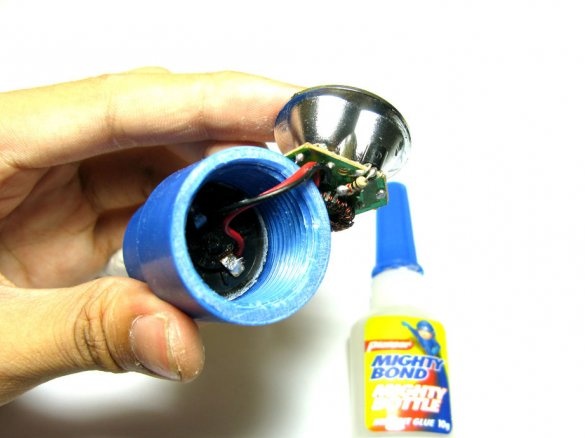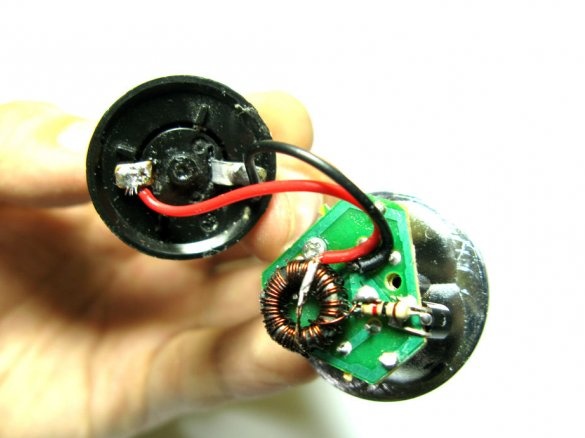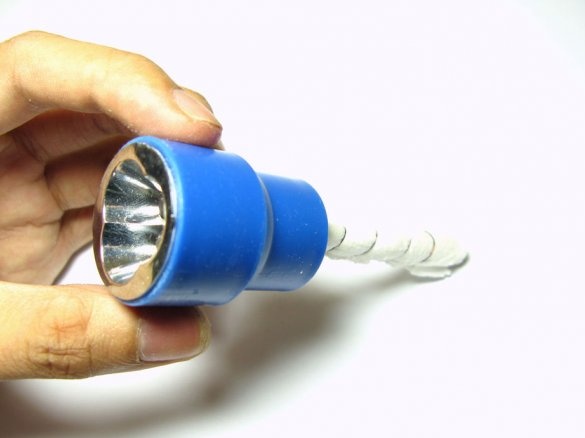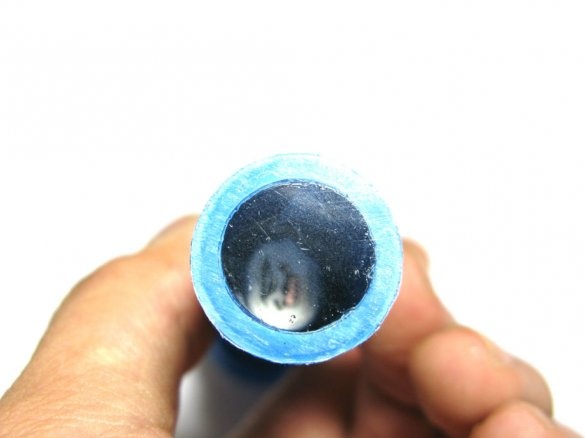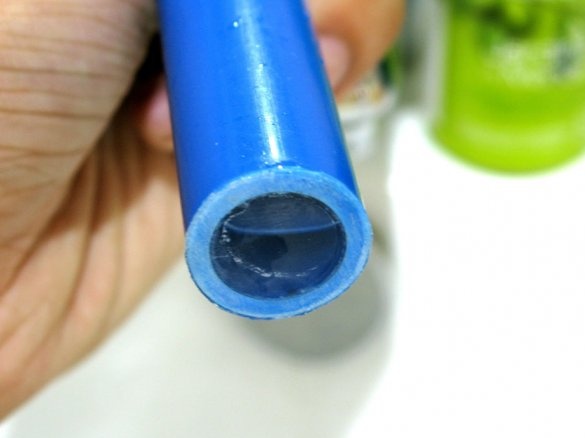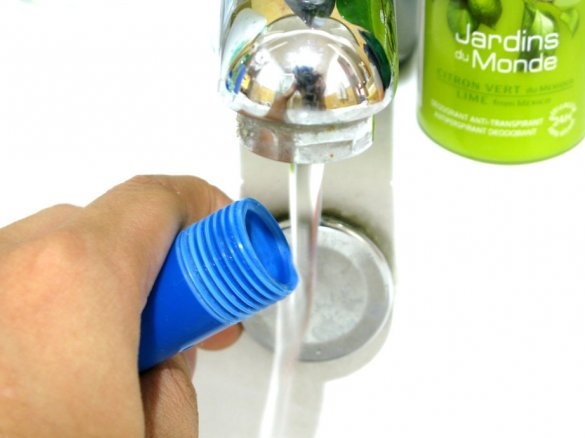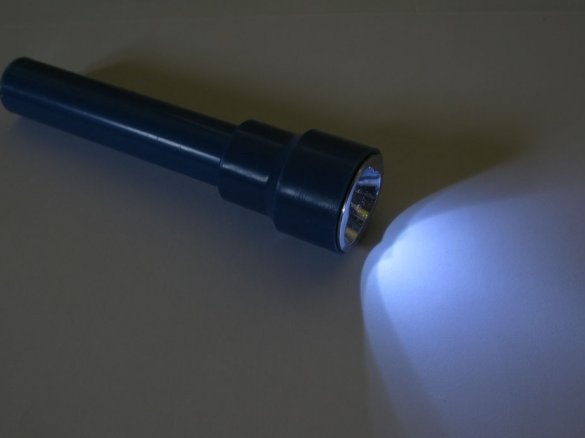Every day becoming more popular transmission of Bear Grylls on survival in the extreme conditions of the wild. More and more people think about the environmental friendliness of certain household items.
We offer you the opportunity to independently make a flashlight that runs on water, which will not harm the world around us and will be able to work an unlimited amount of time, if there is a source of water nearby.
When you read this for the first time, you thought it was a joke. However, it has been experimentally confirmed that on ordinary tap water, the flashlight works for about thirty minutes, with increasing salts in the water, and simply put, using seawater, the continuous operation time increases to two hours.
Remembering the course of school physics, you are well aware that our water battery consists of copper and zinc plates, water is an electrolyte. Unfortunately, the output voltage is not too high, so you will need to assemble a fairly simple step-up voltage converter so that enough current flows to the LEDs.
For assembly you need to purchase the following components:
• PVC pipe 10 cm (3/4 in) long;
• PVC adapter from ¾ inch to 1 inch;
• A small ferrite bead (you can remove the same from the idle housekeeper);
• Transistor 2N3904 (NPN);
• 1K resistor;
• LEDs and reflector (you can also remove it from the old flashlight);
• Copper and zinc electrodes;
• Copper single-core wire in varnish insulation;
• 4 sheets of toilet paper;
• A piece of clear plastic.
You will need the following tools and equipment:
1) Soldering iron;
2) Glue gun;
3) Superglue.
The power source for the future flashlight will be a water battery. As we said above, it will consist of two metal plates. The copper plate is the anode, and the zinc is the cathode.
Step-by-step instruction for the manufacture of a battery operated flashlight:
1. Take 3 sheets of toilet paper and wind it on a copper electrode (plus power), then attach a zinc electrode (minus power) to the formed roll and roll the rest of the toilet paper around both of them.
2. Wrap the resulting roll with copper wire, laying the winding rings at a distance of about 1 centimeter between them, in order to subsequently preserve the integrity of the toilet paper and prevent its deformation and tearing when it gets wet.
3. Choose a cover of the appropriate size, preferably plastic. If you do not want to look for such a cover for a long time, you can cut it yourself from any piece of plastic found at home.
4. Make two slots in the lid suitable for the electrodes. Insert the electrodes wrapped in toilet paper into the slots and strengthen the joint with sealant (can be replaced with superglue).
5. Familiarize yourself with the boost converter circuitry. In the second diagram, the boost converter is drawn in more detail.
6. Assemble the inverter according to the diagram. Solder all the parts.
7. Glue the retro-reflector with LEDs and radio components to the PVC adapter.
8. Cut a circle of transparent plastic with a diameter corresponding to the diameter of the PVC pipe. With it, you will see the remaining amount of water.
9. Fill the flashlight with water.
The flashlight works for up to 30 minutes in ordinary water, up to two hours in seawater, from five to ten hours in vinegar, depending on the concentration of acetic acid.
We invite you to experiment and improve this design! We are looking forward to all suggestions and innovations!
In addition, we draw your attention to the fact that you must strictly comply with safety rules! You should also use personal protective equipment when gluing and soldering parts.

